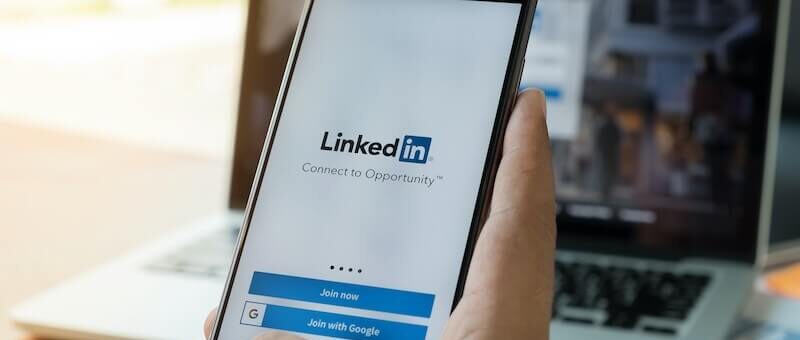
LinkedIn tips: how to pitch to journalists
A good relationship with a journalist means it’s easier to pitch stories, communicate and offer your clients up as sources/commentators. A few LinkedIn tips can help you foster these relationships and build a strong network.
Nowadays, news and social media come hand-in-hand. Knowing how and when to pitch stories, or even just how to get in touch with journalists can be difficult but networking and creating relationships with journos is a vital part of PR.
With so many journalists on social media, it creates an easy way to build relationships.
Many people think of social media as limited to Facebook and Instagram but these can be personal and not always the right avenue to form work-related relationships. LinkedIn though is a social media platform that allows professionals to connect with each other.
Deciding who to pitch to on LinkedIn depends on how frequent the journalist uses LinkedIn and how open they are to it. Some journalists prefer to be pitched on LinkedIn rather than other social media platforms such as Twitter, but this isn’t true for everyone.
Some journalists would rather you call or email them, so do your research or contact them directly to ask – remember this is all about trying to build an on-going relationship with the journalist.
Whether to send pitches via InMail or Messages
The biggest decision you’ll make when pitching to journalists on LinkedIn, is if you’ll send your message via InMail or Messages.
But first, let’s discuss what’s the difference
- InMail: If you have a paid Premium LinkedIn account, you can send these private messages, even if you’re not connected with the journalist.
- Messages: You don’t need a Premium LinkedIn account for messages, as they are free to send between two connected accounts – however, this heavily relies on a previous connection with this journalist.
Be wary of sending messages via InMail or connecting with journalists you don’t know. Odds are, they will ignore your message and decline to connect.
Who to connect to on LinkedIn
Don’t just search for and try to connect with any journalist on LinkedIn. They will probably just ignore you if you do.
If you have previously worked with a journalist on a story, try and connect with them. Having that established relationship will help a lot.
If you do decide to connect with a journalist you don’t know, give them a good reason as to why they should accept you. Be straight forward with them and explain why it will be valuable to connect with you. Give them an idea of the types of stories you can offer, or even give appropriate examples of coverage you’ve received.
Try to be wary of your own LinkedIn activity. Users with a Premium LinkedIn account can see who’s been looking at their profile, so after connecting with a journalist, don’t need to keep visiting their profile page unless you’re ready to share your pitch with them.
You don’t want to be blocked or to have your pitch ignored because you appear to be “stalking” them.
Research the journalist you want to pitch to
Before trying to connect with the journalist, it’s a good idea to look at their profile and learn basic facts about them.
Find out where they work, what field they write for, what their interests are and other contacts they may have.
If they post their work onto LinkedIn, you will also be able to gather a sense of their style of writing.
So, make sure you click “Follow” on the journalist’s profile page as their posts will appear on your newsfeed.
Also, follow their publication or other publications you want to pitch to, for any updates or media opportunities.
Sometimes the publication will ask for interviews or sources on their posts, so make sure you’re on the lookout in case you have a source that’s suitable.
By learning information about the journalist, you will be able to share common interests and offer useful information about the field they write for.
Be a part of a group
Some journalists will be a member of a LinkedIn group that you should be a part of and actively participate in.
Groups allow you to add your expert opinion or advice to discussions and if you’re not connected to someone in the group, you’re still able to directly message them.
By participating in the group, journalists may call on you in future for stories and it’s a great way to introduce yourself to other journalists and communications professionals.
Usually, journalists will prefer to be contacted either through email or phone, but LinkedIn provides another platform that you could use to start building relationships with journalists and getting your stories covered.
Have you ever had to reach out to a journalist but didn’t know how?


